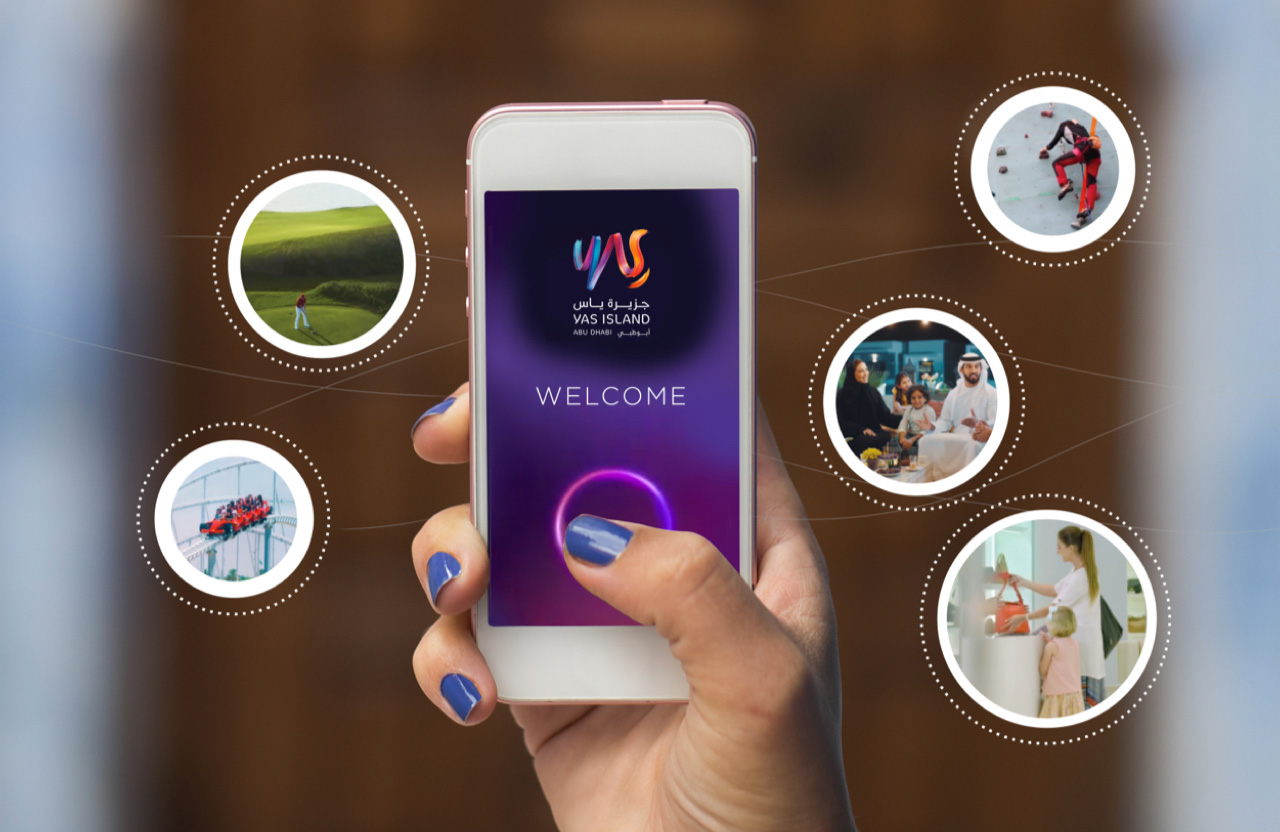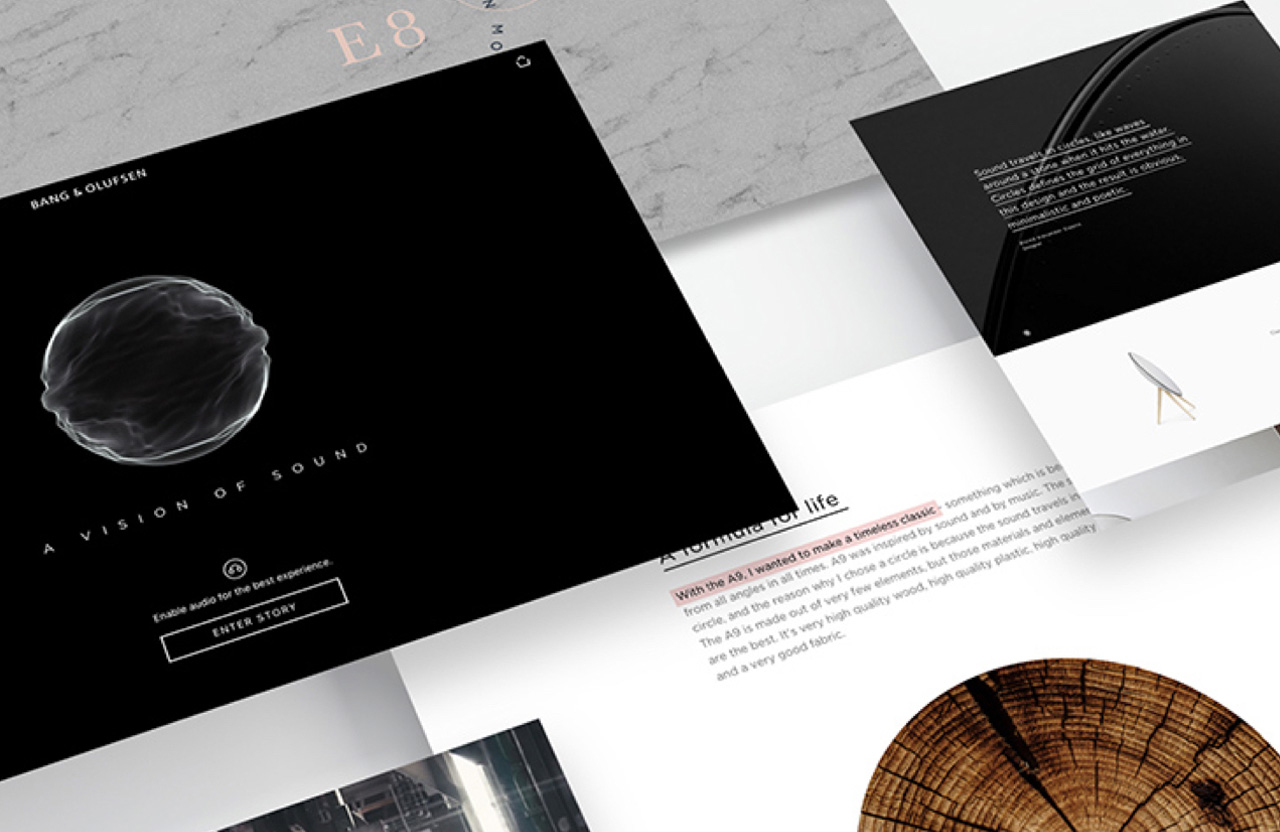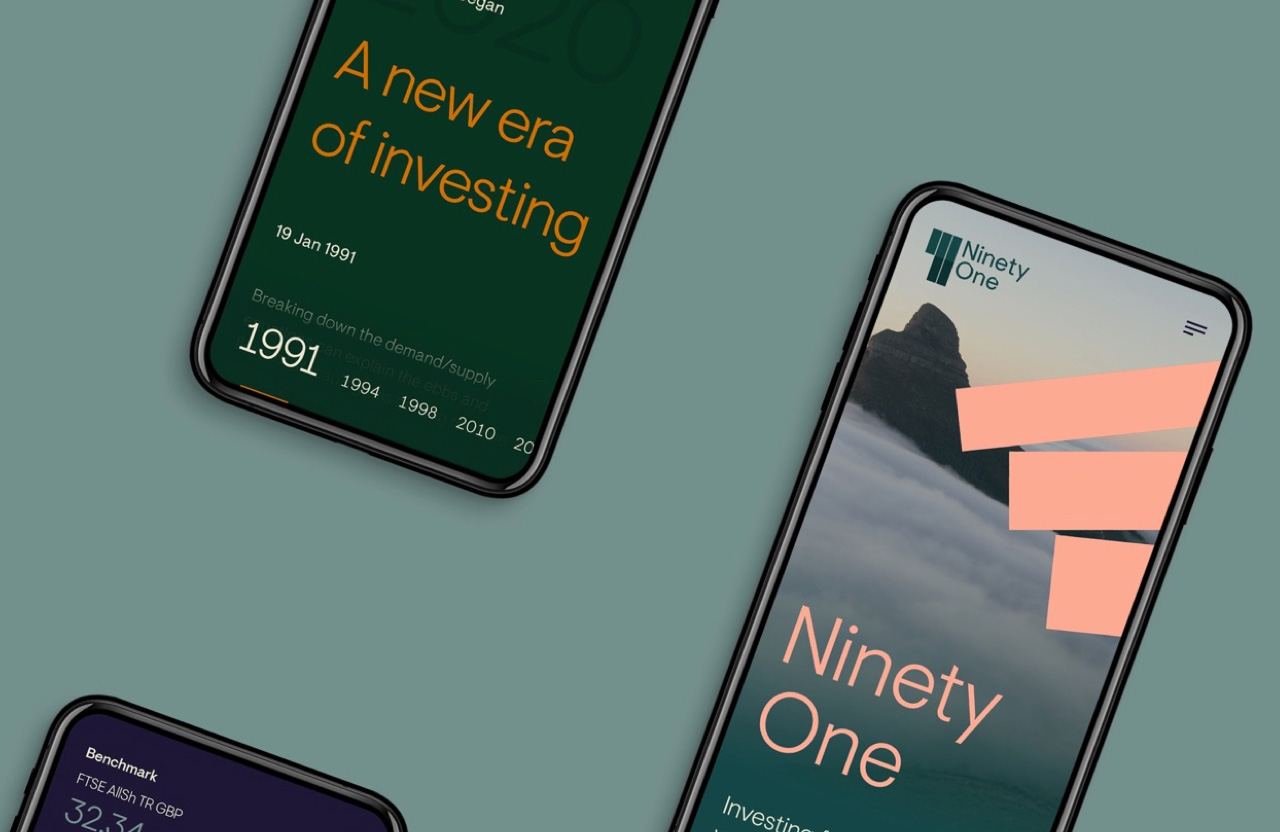What issue can we solve for you?
Type in your prompt above or try one of these suggestions
Suggested Prompt


Insights
Below the Glass: What Most Companies Don’t Realize About Customer Experience
Below the Glass: What Most Companies Don’t Realize About Customer Experience

Businesses have traditionally seen brand experience as an extension of marketing or public relations. Over the years, experience teams broadened their scope to include store layout, packaging and online shopping—essentially everything customer-facing.
With this convenient definition, experience teams could focus on marketing and occasionally wade into sales but mostly wouldn’t contribute to the development of products and services—and certainly wouldn’t play a role in their organization’s structure.
That’s all wrong and needs to change. In the end, these sorts of experience efforts amount to little more than raising awareness or selling online. That’s not a better customer experience. It’s just a veneer—important to the image, but lacking meaningful impact.
In the book “Digital Business Transformation,” Publicis Sapient CEO Nigel Vaz explained why so many companies fail to modernize their experience capability – they aren’t looking in all the right places.

Every aspect of a business shapes the customer experience. We need to look on both sides of “the glass.”
Above the glass
What customers see on the screen of their smartphone. Shorthand for everything customers encounter directly.
Below the glass
What goes on under the screen of the smartphone. Shorthand for everything the customer doesn’t encounter directly but enables the rest.
To create the sophisticated and modern experiences that customers increasingly expect, experience teams must be multidisciplinary and include experts from other capabilities across strategy, engineering, data and product. Customers won’t see much of their work directly, but by bringing in all of the elements of digital business transformation, the experience will evolve to continuously meet demands.
Four major shifts in customer experience
According to Publicis Sapient CEO Nigel Vaz, digital business transformation is just business transformation for the digital age. It’s a holistic approach to changing the way a business thinks, organizes, operates and behaves. Experience is a central component.
“Experience is defined by anything and everything that touches a user of a system, a process or a consumer and how much we can improve that person’s satisfaction, ability to complete their task and delight them when possible.”
Nigel Vaz , Publicis Sapient CEO
He argued that four aspects of experience have fundamentally changed in the last ten years. Any attempts at improving customer experience should reckon with the following shifts in order to make an impact:

Customer anchors business orientation
The business must be organized around the customer rather than a product or service. There’s no use inventing a product that impresses one’s colleagues if it doesn’t ultimately serve customer needs and deliver value to their lives.

Experience spans the whole customer journey
Customers want stylish and seamless experiences. The entire process of discovering, purchasing and unboxing a product needs to be pleasant and frictionless – whether online or in-store.

Digital creates value
No longer an afterthought, digital now informs how products are conceived and developed. What used to be thought of as a way to deliver products after development is widely understood to be a central part of the design toolkit.

Success requires digital
Experience teams cannot measure success simply by the marketing and public relations surrounding a product. They need data to assess the whole journey, including how well digital improved the customer’s attainment and use of the product.
Learning from customers
The customer experience and innovation (CX&I) team at Publicis Sapient uses design thinking to view the world from the customer’s perspective. They learn what drives decision-making by collecting and analyzing data from a wide range of sources: focus groups, mystery shoppers, online surveys, ethnographic studies, market segmentation, etc.
With deeper insights into customer behaviors, they explore new business models, technologies and value propositions to improve the experience. Their recommendations extend beyond ad campaigns and may include restructuring organizations or guiding the conception and development of new products.
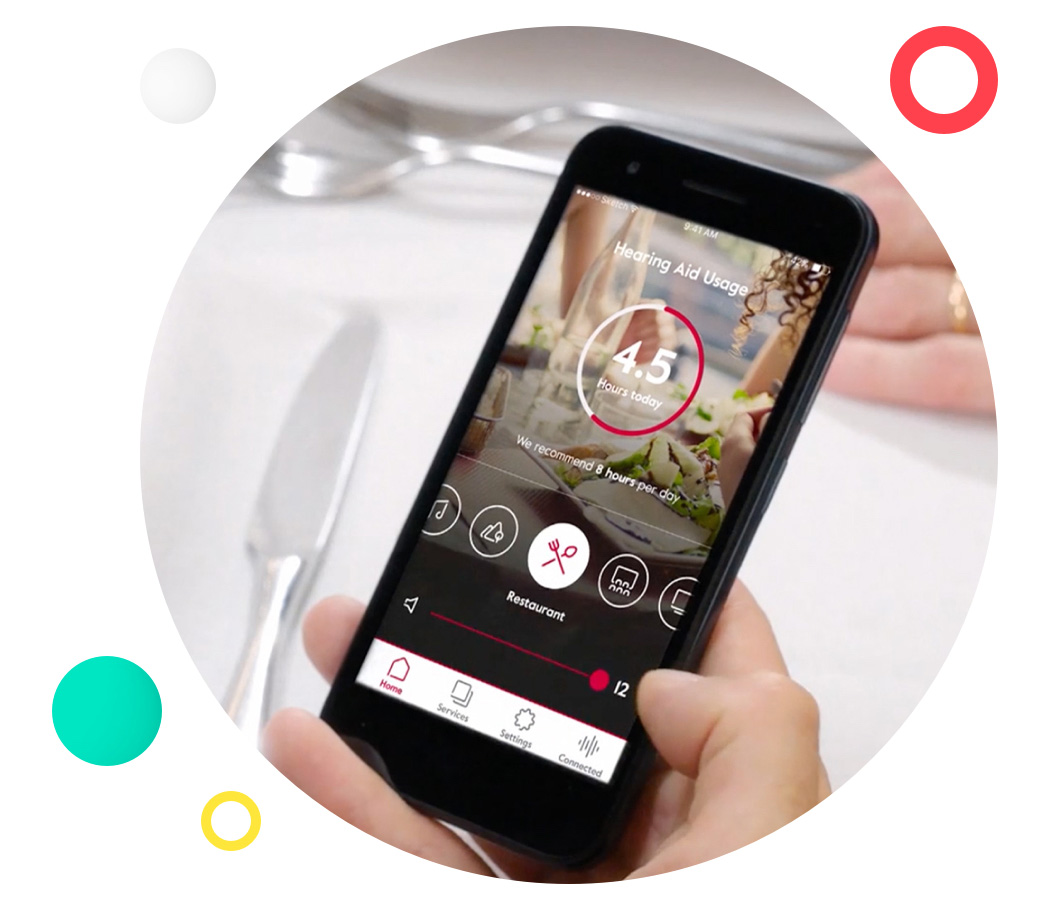
For example, our experience strategy resulted in an innovative app for Amplifon, the largest hearing-aid retailer internationally. Rather than asking Amplifon’s customers which existing products and campaigns they liked the most, we asked which problems they faced regularly and would most like to see solved. They expressed frustration with changing their hearing aid’s settings when moving to a new environment and the stigma still associated with using those devices.
Publicis Sapient and Amplifon designed a new app that connects to Bluetooth-enabled hearing aids from most major manufacturers. With a smartphone or tablet, users can adjust the volume, reduce unwanted noises or change the hearing direction—all without calling attention to the process.
Experience was the foundation for finding this opportunity to truly improve lives with the right digital product. And though the designers played a major role, much of the magic happened “below the glass.”
Technical answers to ordinary problems
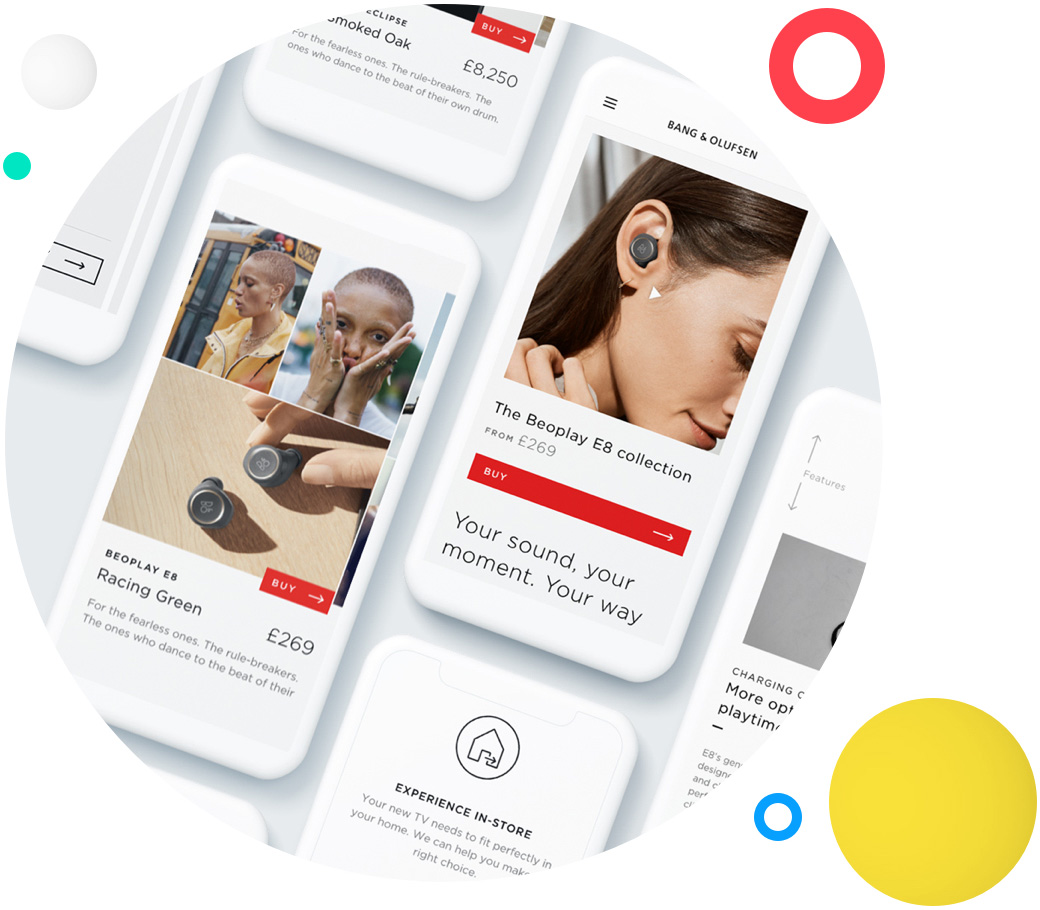
In another use case, Publicis Sapient helped luxury audio company Bang & Olufsen create digital channels to engage with customers using a “story-led” commerce strategy. We created a platform that could house curated content about the company’s century-long history producing high-end equipment.
But this wasn’t simply a matter of building a website. Publicis Sapient needed to create a technical solution that could support the wide variety of interactions that the team imagined at scale in order to match the type of immersive experiences customers expect from this brand. Our technologists and engineers integrated a headless content management system, microservices architecture and various e-commerce solutions to support the entire platform.
Although customers will remember how they learned about Bang & Olufsen and when they decided to purchase a speaker on the global online store, most won’t ever realize the impact of what happened “below the glass” to bring that experience to life.
Restructuring organizations
There are digital solutions, such as the Identity Applied Platform or CDP Virtual Lab, that can give companies unprecedented insight into customer behaviors and preferences.
With this knowledge comes an imperative for organization to discover what problems they are solving, and for whom. This should lead to a reassessment of the entire organization’s structure.
“The goal is to surface, design and build ideas that will unlock value, adopting a customer-centric view that permeates all the way through an organization.”
Nigel Vaz , Publicis Sapient CEO
Superlative experiences shape and reset customer expectations. But they should also shape and reset the organization so it can produce more excellent experiences. This iterative process puts organizations in a state of constant beta—always learning, unlearning and relearning.
To put it simply, the “tried and true” organizational charts of yesterday will not be sufficient to keep up with the demands of tomorrow.

It’s clear that the pace of technological change and increasing customer expectation has never been higher. Established businesses are struggling to keep up with the rate of change and many are disappearing.
By investing in their experience capability, organizations can establish relevance in today’s hyper-competitive marketplace, securing competitive advantage for the future.
“Make sure your goal for experience capability is not only to change what you can produce, but how fast you are able to produce and evolve it,” Vaz said. “The ‘move fast’ organizational goal is born out of the strategy, engineering and data capabilities as well, but how you approach experience and design will prove pivotal to achieving this.”
Improving experience often entails going below the glass to work on the operation’s wiring and inner functioning. But when it’s over, the entire company will be that much more focused on meaningful impact.

To learn more about digital transformation, check out Publicis Sapient CEO Nigel Vaz’s book “Digital Business Transformation: How Established Companies Sustain Competitive Advantage from Now to Next.”
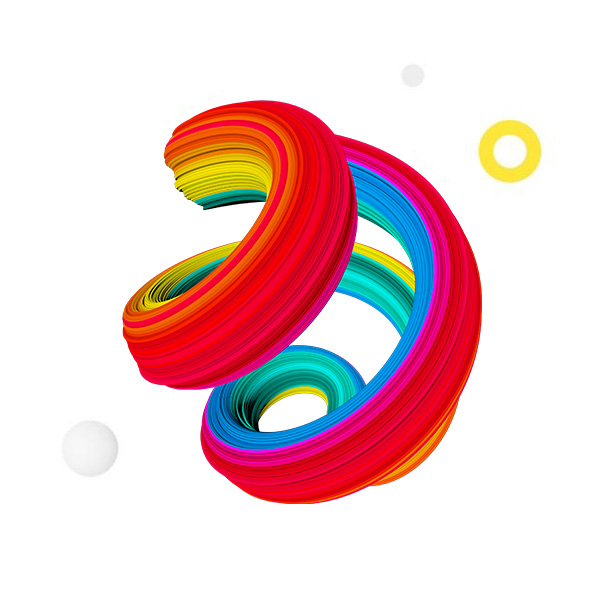
Digital Business Transformation Newsletter
Subscribe to exclusive transformation-focused trends and insights.
Relevance at Work
-
![]()
Case Study
How Miral Connects the Customer Experience for Travelers, Powered by Microsoft Azure
See how Publicis Sapient developed a digital platform to transform guest experiences at Yas Island.
-
![]()
Case Study
How Bang & Olufsen Transformed Its Digital Business through Story-led Commerce
How together with digital transformation partner Publicis Sapient, Bang & Olufsen are investing in digital channels.
-
![]()
Case Study
How Ninety One Transformed Fast for a World of Change
Publicis Sapient created a new digital experience platform and a digital-focused brand to give Ninety One an edge for the future.





